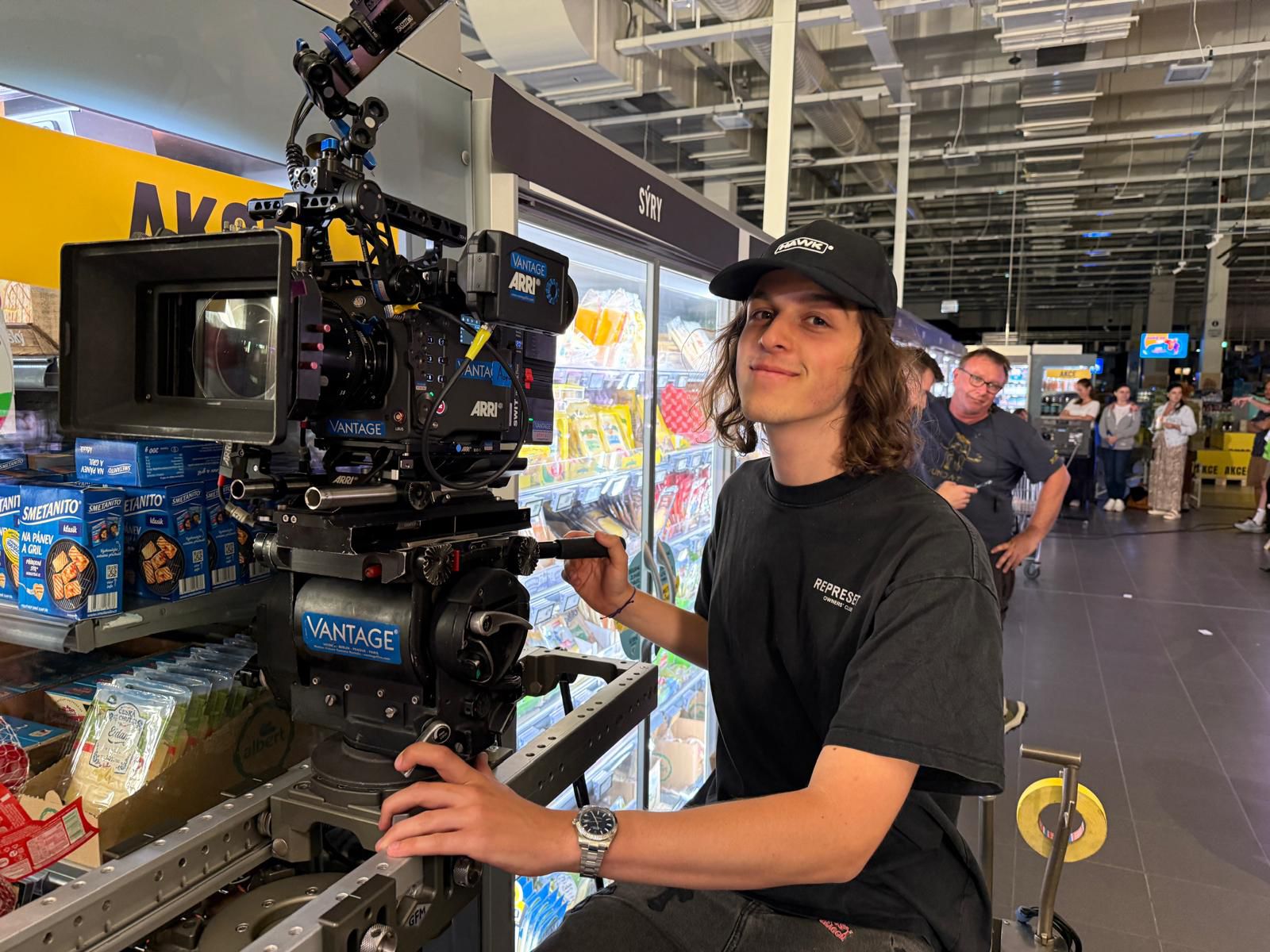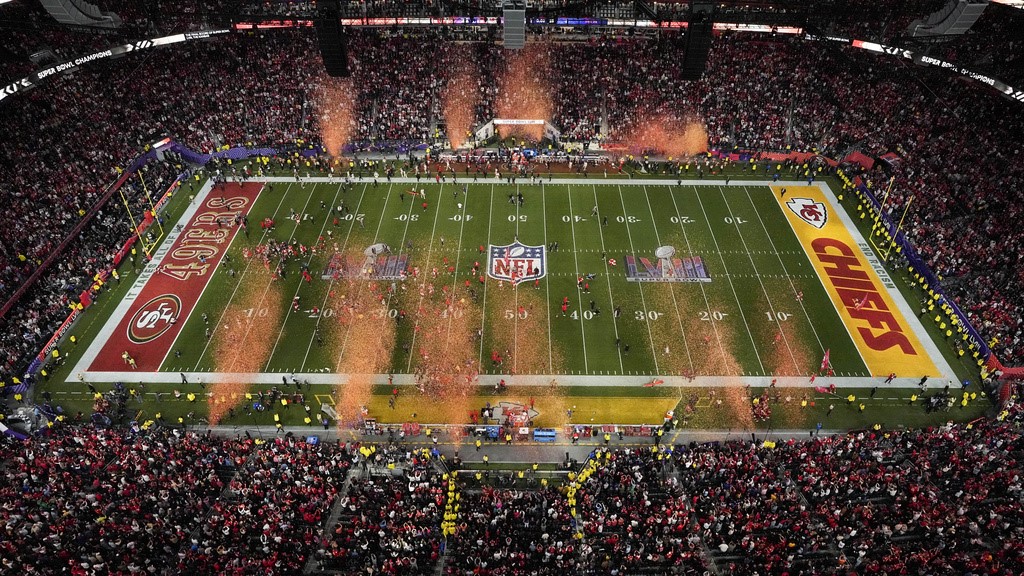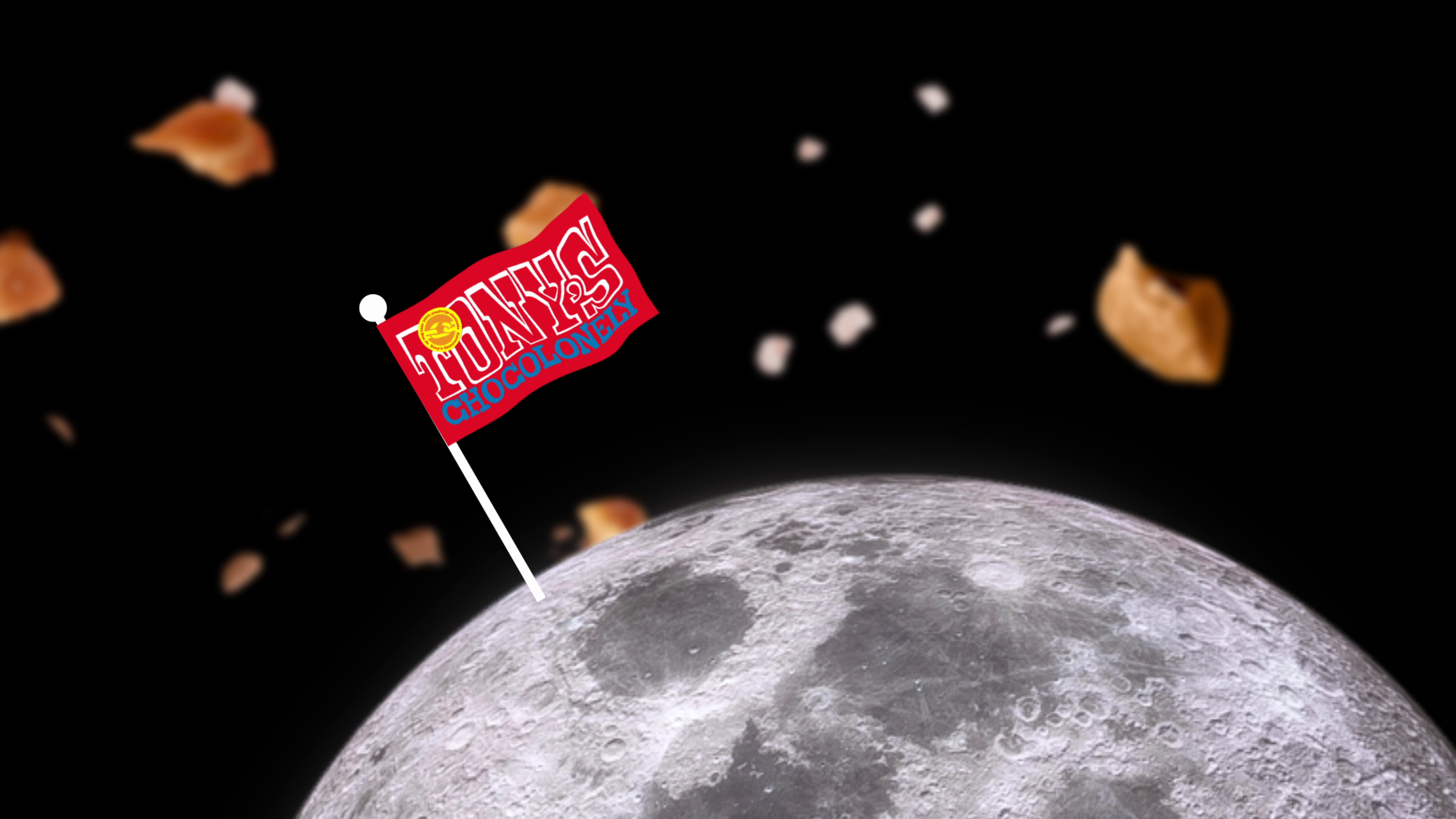What do a colonel, candy with legs, and anthropomorphic dough have to do with each other?
No, this isn’t the beginning of a terribly written joke. I’m talking about iconic mascots from even more iconic food brands.
Mascots are a great way to make a brand memorable. It’s a lucrative brand asset that every company hopes to have. What makes them so valuable is that they can transcend culture and generation. A mascot’s language is so universal it cuts across borders. Children who haven’t even learned to read yet can be delighted by the smiling faces of animals, or in the case of Pillsbury, talking dough.
Mascots are a warm, familiar face that endear consumers to a brand. As a child, and even now, I still love brand mascots. I fall for their cute expressions and memorable outfits every time. There’s something about them that just draws you to a brand, like the familiar barista who always remembers your order.
Jones Knowles Ritchie made a good point in their research with Ipsos: You would think that mascots, like flyers and telemarketing, would be a thing of the past. However, nowadays, brands want even more opportunities to connect with their consumers and mascots are an easy way to do so. Especially in a time when attention spans are shortening and we are bombarded with a gluttonous amount of content on a daily basis, mascots are a way for brands to stay memorable and familiar to the public. Even in our digital world people still love these adorable brand ambassadors. And luckily for brands, mascots don’t demand a commission!
A few mascots specifically have remained memorable to me, especially those from food brands. For nostalgia’s sake, allow me to round up a few of my personal favourites, some of which have some unexpected history—like the mascot that was called “an opportunistic, evil bitch” by a news reporter, or the mascot that cursed a Japanese basketball team. Let’s get into it.
The Pillsbury Doughboy

Perhaps one of the most recognizable food mascots to ever exist, Poppin’ Fresh, best known as the Pillsbury Doughboy, has been an iconic symbol of US baking since the 1960s. I mean, how could you not love a mascot that giggles when you poke his belly?
The doughboy was first made using stop motion, but is now all CGI. He has become so iconic that he is often featured in the Macy’s Thanksgiving Day parade. If you don’t know what the Macy’s Thanksgiving Day parade is, it’s basically an annual parade through New York City to celebrate capitalism. Lots of mascots get their own floats to trek through the city and the Doughboy is usually one of them.

The Pillsbury Doughboy has also been an integral part of pop culture, as he is featured in songs from rappers like Tupac and Ice Cube. According to the Guardian, he was also part of the inspiration for the Stay Puft Marshmallow Man in Ghostbusters. He even has an entire family, including a female companion who is either his wife, girlfriend, or sister. Nobody knows for sure.

While I wasn’t exposed to the Pillsbury Doughboy that much as a child, he has paved the way for other mascots of food and beverage brands. He even went viral before going viral was even a concept. In 2006, a fake newspaper clipping circulated, stating that he had passed away due to a yeast infection. Pillsbury had to release a statement saying that this was false in what was probably the weirdest day in the office for General Mills employees.
One of the Pillsbury Doughboy’s biggest strengths is that he provides some excitement to the relatively dull product category of dough. Jones Knowles Ritchie and Ipsos agree, stating that one of the greatest advantages of mascots is that they can infuse a bland sector with childlike magic and delight.
While he may not be as well-known nowadays, it is clear that Poppin’ Fresh has left a sizable impression on people’s minds, mine included. One of his copywriters was even inducted into the American Advertising Federation Hall of Fame in 2017 for her contributions to the Pillsbury doughboy character.
The M&Ms

At the age of 23 I’m not ashamed to admit that I have been to multiple M&M’s stores. When I was a kid, I remember excitedly bounding into the M&M’s store in New York City to figure out what M&M I’m most like (light purple, in case you were wondering). On a trip to London recently, I went to the M&M’s store and yes, I did buy merch.
I think everyone can agree that we as humans love differentiating ourselves based on personality, whether it’s Hogwarts houses, Friends characters, or personality tests. We’ve all seen this in action. At one point or another, everyone has witnessed an innocent bystander being asked if they’re a Samantha, Carrie, Charlotte, or Amanda from Sex and the City. I think M&M’s has played into this wonderfully by developing candy characters with distinct identities that people can identify with. This allows consumers to identify more with the M&M brand at large and feel familiarity when they interact with the product.

According to Jones Knowles Ritchie and Ipsos, one of the perks of brand mascots is that, unlike celebrities, they are controlled by a brand and therefore are not at risk of a scandal. Publicists don’t have to worry about mascots posting something they shouldn’t or having an extramarital affair. However, the M&Ms demonstrate that even mascots can become embroiled in scandal.
In 2023, M&M’s announced that there would be some changes made to Brown and Green. Green always tended to dress very sexy, as it is a myth that green M&Ms are an aphrodisiac. However, her feet eventually got a break and she traded her heels in for sneakers. Brown, who has the best job in the world as “Chief Chocolate Officer” (a title I think we would all love to have), also got more comfortable heels. If you don’t remember Brown, she was introduced in 2012. Apparently, she’s always been with the company, but has only now decided to take on a more forward facing role, something I’m sure she now regrets.
The changes to Green and Brown led to quite a bit of conservative backlash. Tucker Carlson, a Fox News host at the time, said he no longer wanted to date the green M&M because of her new footwear. A Fox News panelist also called her “an opportunistic, evil bitch”. However, the Green M&M didn’t bow to pressure and kept her sneakers on. The discourse surrounding the footwear of candy mascots serves as an example of the kind of productive discussions going on in the US right now. It’s probably also one of the reasons why M&M’s introduced a more anxious orange M&M around that time.
The KFC Colonel

A bit of an unusual brand mascot that has become iconic all over the world is the KFC colonel. Why is he unusual? Well he’s not talking dough or candy opting for sneakers over heels. He’s a human mascot based on a real person. And that real person is the founder and pioneer of Kentucky Fried Chicken.
Harland David Sanders, also known as the KFC Colonel or Colonel Sanders, was an American businessman who stumbled through the first half of his life. He got fired from multiple jobs and failed as a lawyer when he got into a fight with his own client in court. At this point in his life, I don’t think anyone would have imagined him as a good brand ambassador for one of the biggest fast-food chains in the world.
In 1930, the Shell Company offered Harland a service station in North Corbin, Kentucky, where he began serving chicken. He was a pretty good cook, as he used to make food for his siblings while his mom was away for days at work. While running his station, Sanders was involved in a shootout with his only competitor. The competitor ended up going to jail for murder as a result, paving the way for Sanders’ success as the owner of Kentucky Fried Chicken.
During his time in North Corbin, Colonel Sanders perfected his recipe for the perfect chicken and began travelling cross country selling it to restaurants. As word of his chicken spread, a franchise rapidly developed and 600 KFC locations were established.
As KFC’s popularity increased, so did Sanders’ age. It became too difficult for him to manage and he eventually sold the company. However, he remained a committed brand ambassador as Colonel Sanders. So committed that the last twenty years of his life he only wore the colonel costume in public and he was even buried in it.

As time went on, KFC expanded all over the world. The Colonel’s popularity as a mascot grew along with it. In Japan, it was even believed that his ghost was cursing a basketball team because fans had thrown his statue into the river.
Colonel Sanders does something for KFC that the aforementioned mascots don’t. He is a walking, talking representation of the history of KFC. Mascots tell consumers more about a brand than a logo or tagline ever can. They embody the essence of a brand and none does that better than the Colonel. He reminds people where KFC came from: an American dream deeply entwined with the roots of the American South.
For me the Colonel represents a lovable grandfather figure. He reminds me of the times when my grandparents would lovingly prepare me delicious, albeit incredibly unhealthy, homemade dishes. I think this is why he is such a popular brand ambassador. And I’m not just saying that because KFC is one of our biggest clients.
I am a prime example of the fact that mascots help make a brand memorable. I can guarantee that without the Pillsbury Doughboy, for instance, I wouldn’t even know the Pillsbury brand. Mascots allow brands to reiterate what they’re all about and push a company forward. Brands often take themselves too seriously and fun mascots provide some levity and memorability in a saturated advertising world. Mascots remind us of our childhood, when play and humour were encouraged. That’s why they’re the second strongest distinctive brand assets (DBAs) aside from sound, as reported by Ipsos and Jones Knowles Ritchie.
The Pillsbury Doughboy, the M&Ms, and Colonel Sanders all have memorable legacies. They’re each a bit ridiculous in their own ways, but that’s what the people, me included, love about them. Hopefully you agree with my picks of these iconic mascots and my reasoning behind their strengths for their respective brands. And if you don’t, maybe I’ll take a cue from the Colonel and haunt your favourite basketball team too 😉
Links
https://www.canva.com/design/DAFlyuy5-Zs/RQaK3mJw-g2F4rtadDZ1_A/view#1
https://www.pillsbury.com/doughboy
https://www.theguardian.com/media/2007/jul/28/advertising.comment1
https://www.thetakeout.com/1780993/pillsbury-doughboy-family-poppin-fresh
https://www.aaf.org/Public/Public/Events/Advertising-Hall-of-Fame/AHOF_2017.aspx?utm
https://www.forbes.com/sites/kimelsesser/2023/01/23/mms-ditches-spokescandies-after-backlash-heres-why-it-matters/ https://global.kfc.com/our-history?utm






